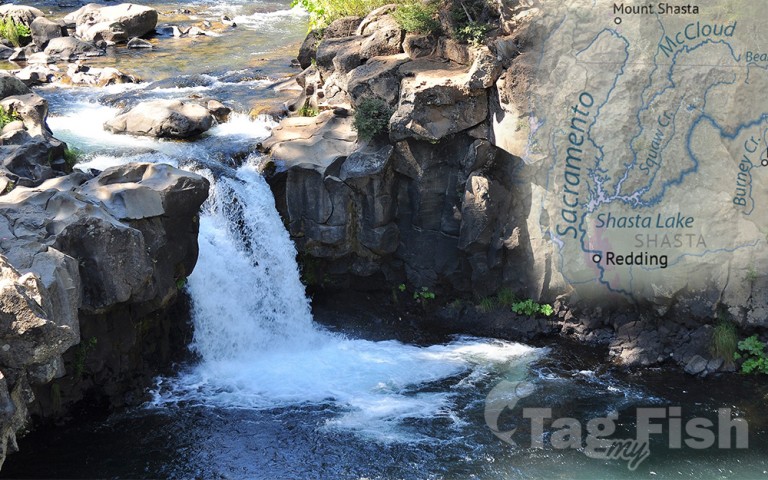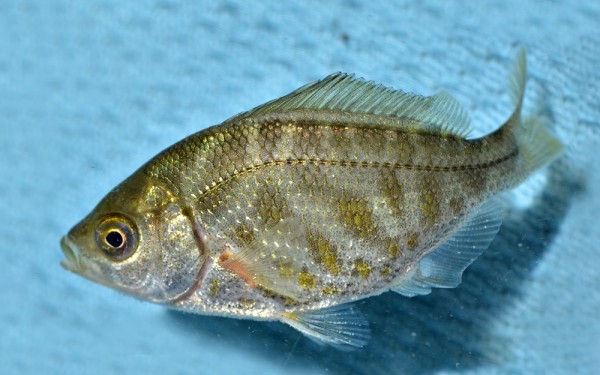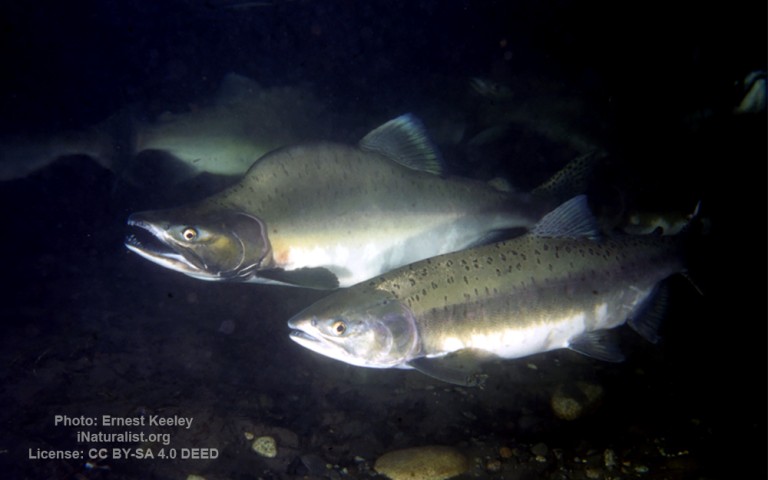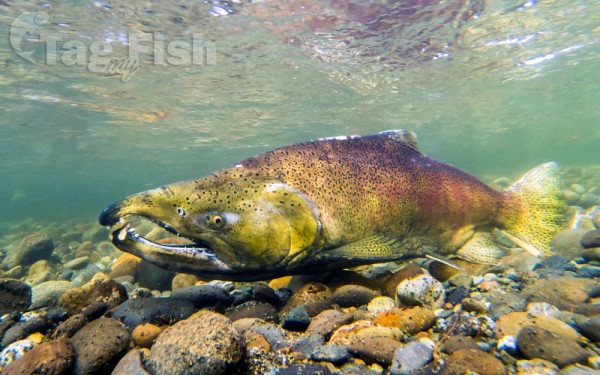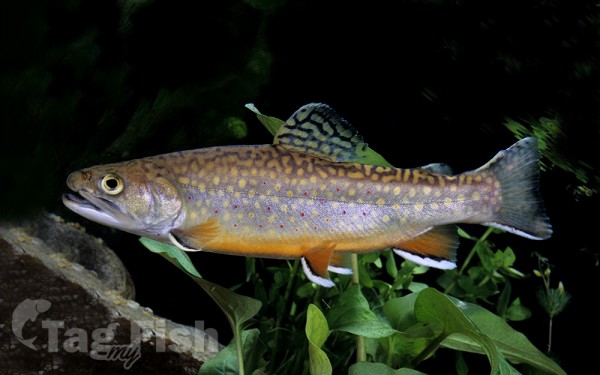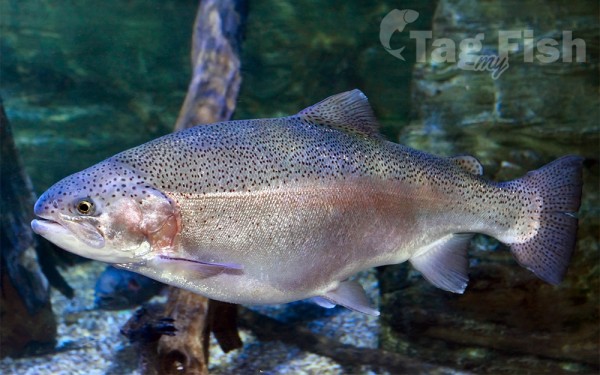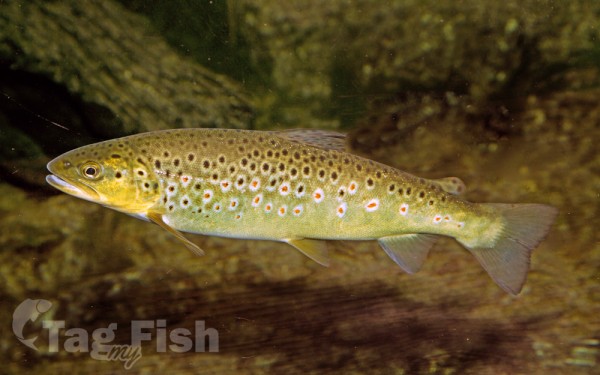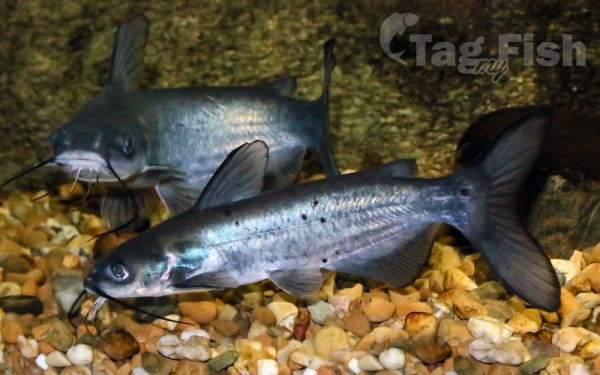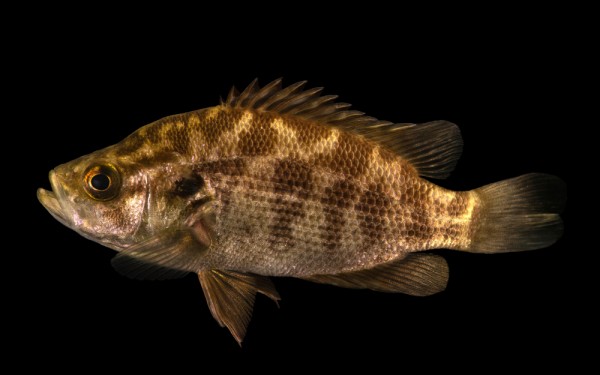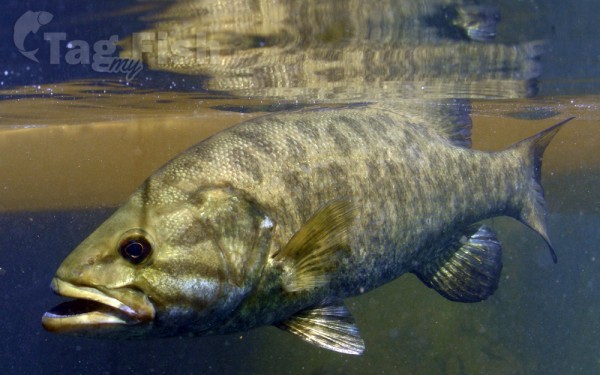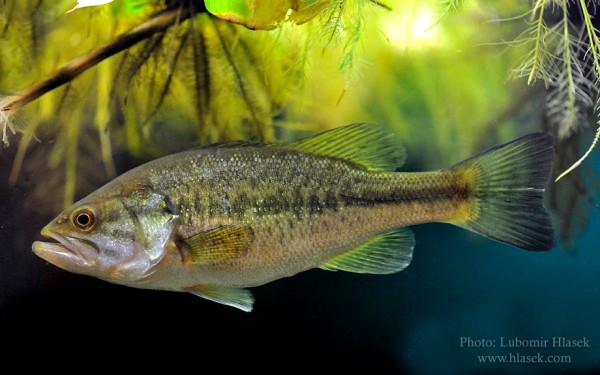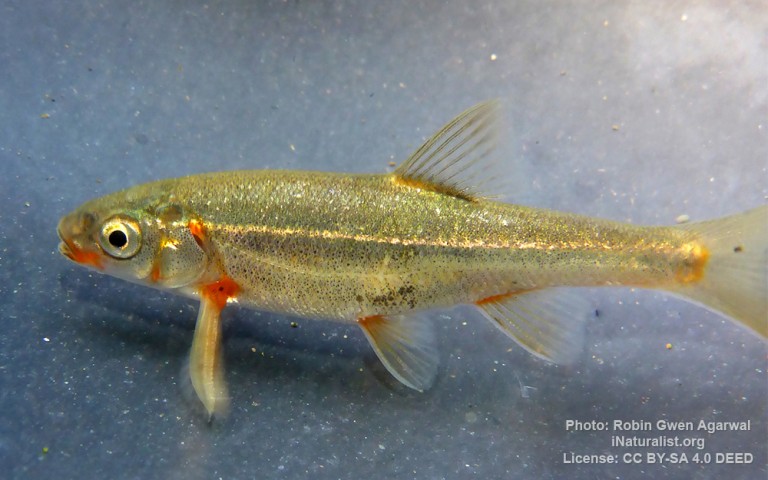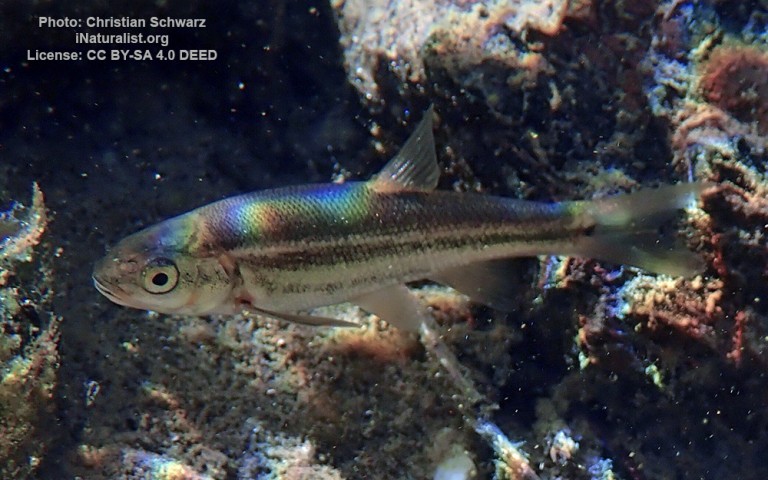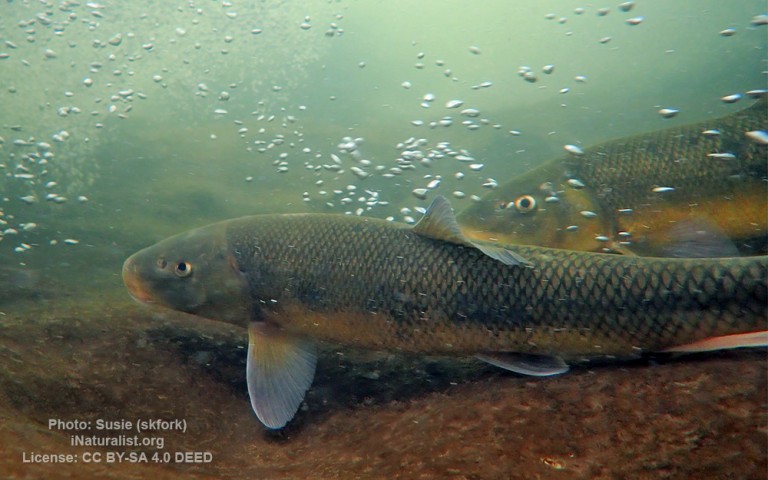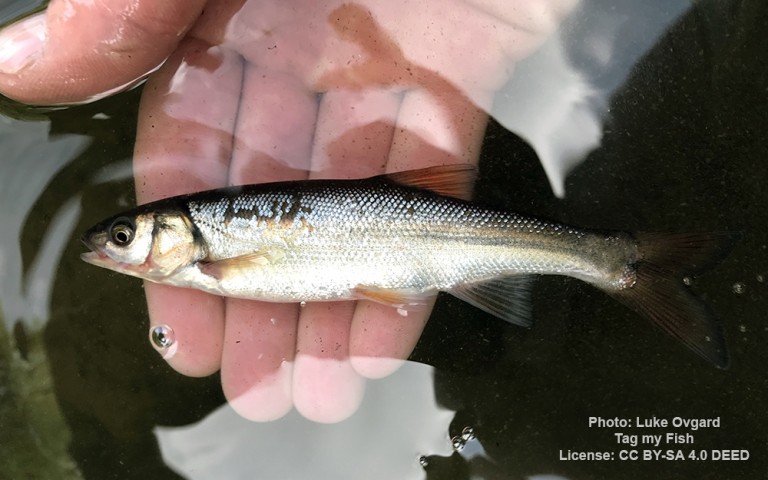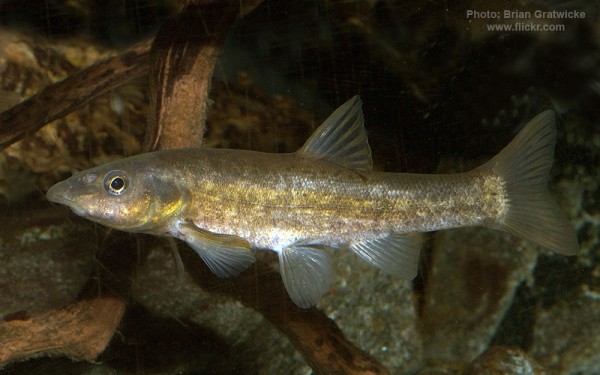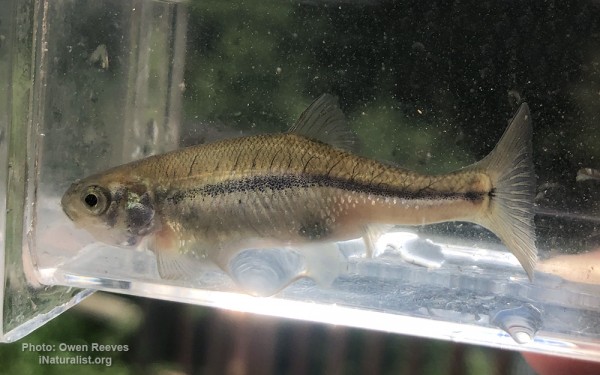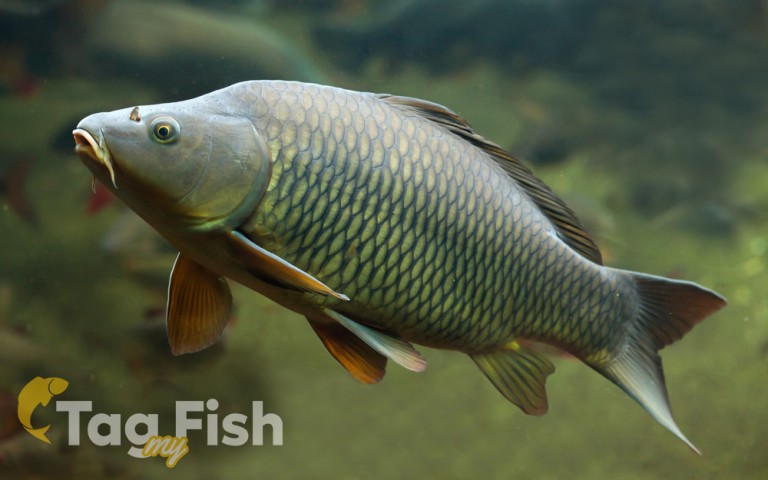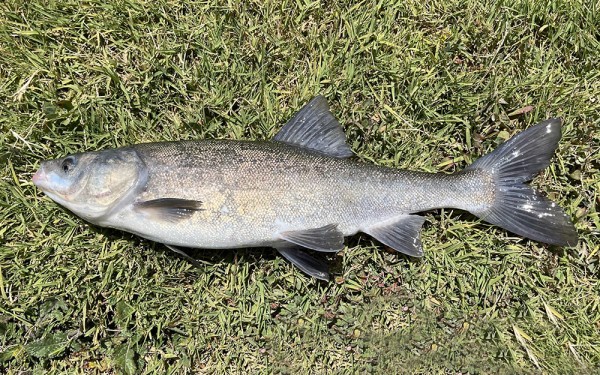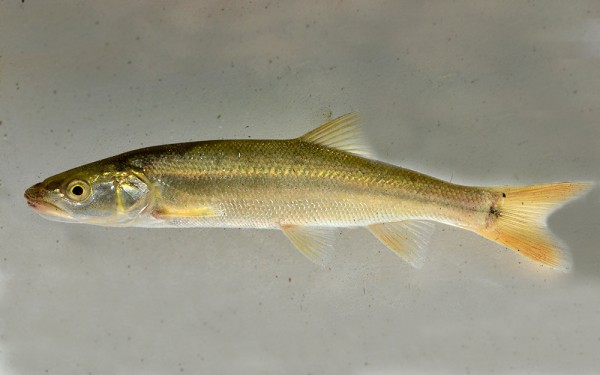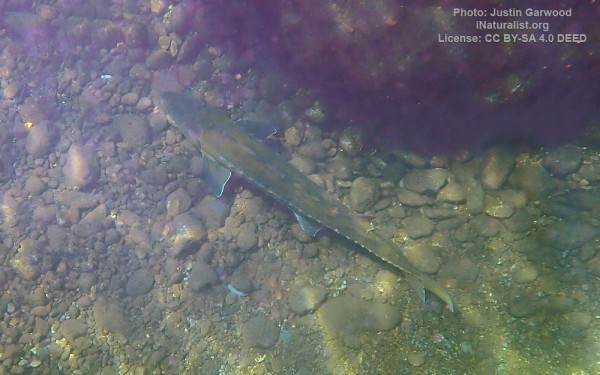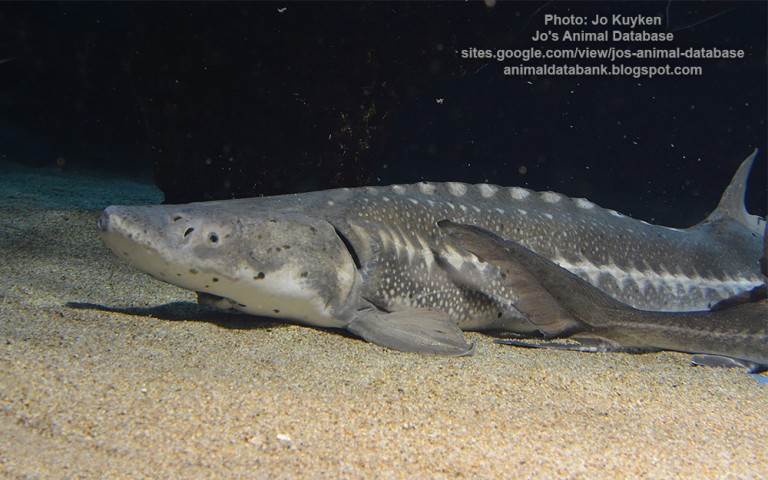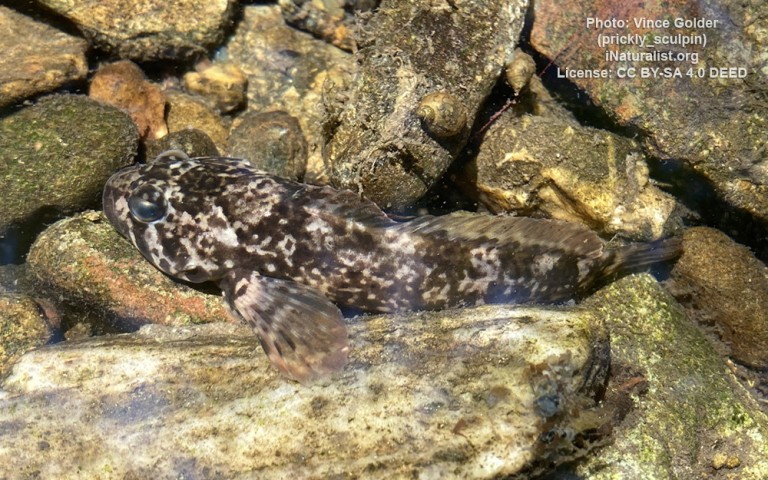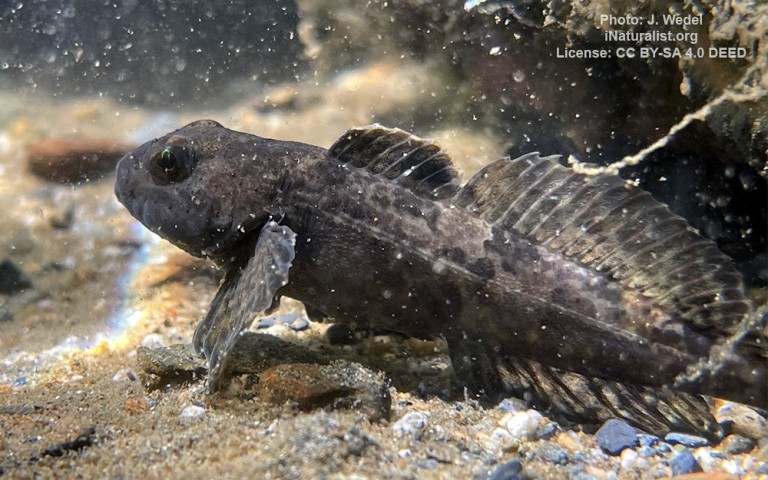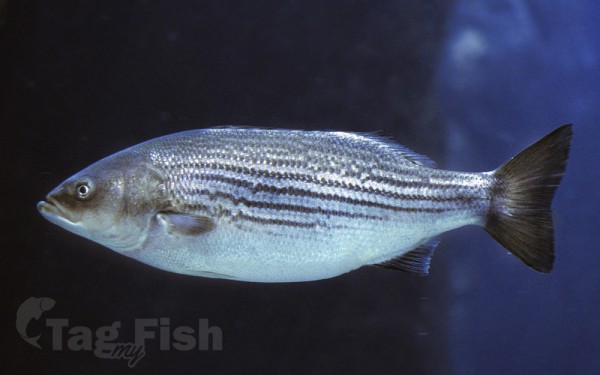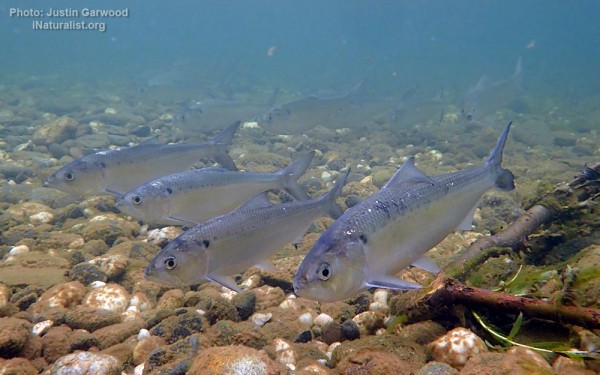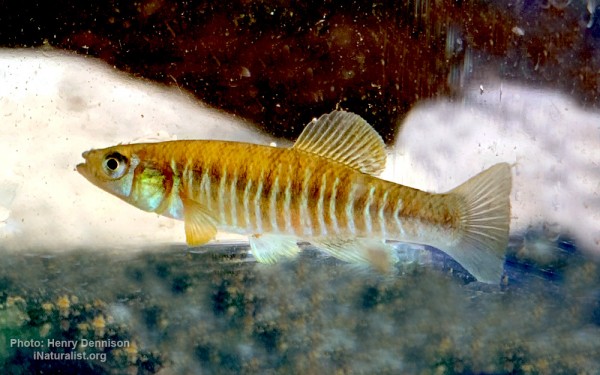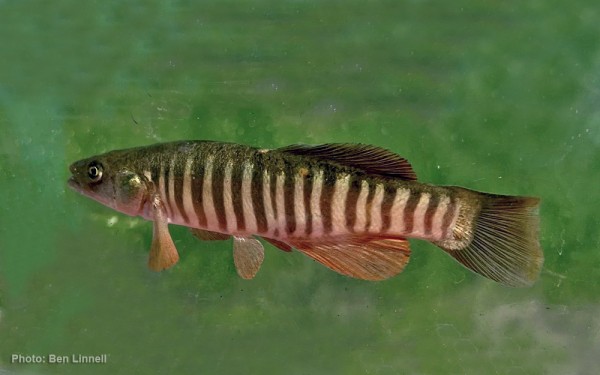Pit River
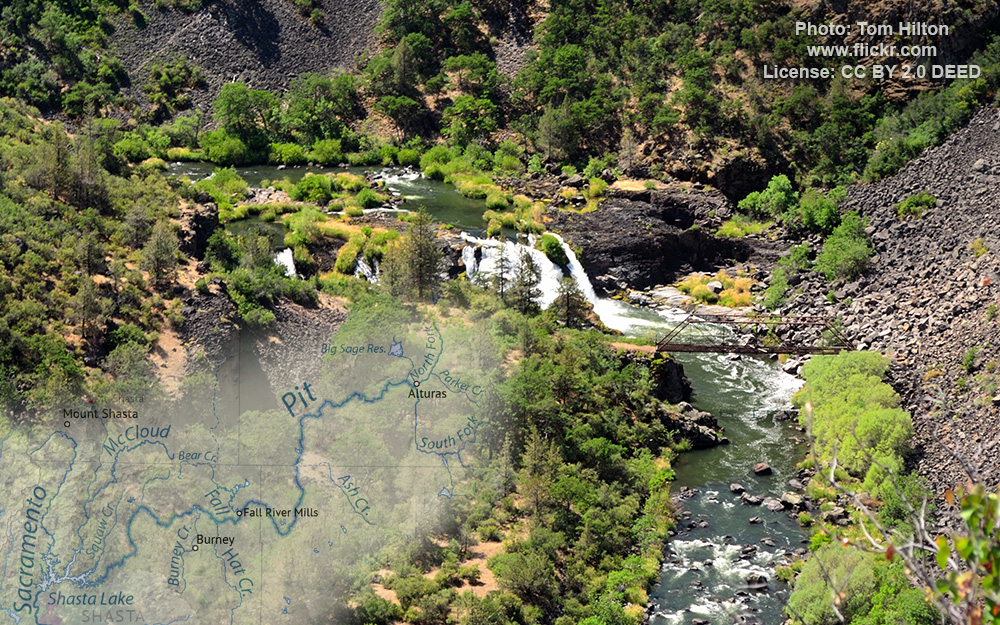
Water type: River
Basin: Lake Shasta -> Sacramento River -> Suisun Bay -> Carquinez Strait -> San Pablo Bay -> San Francisco Bay -> Golden Gate strait -> Pacific Ocean -> Planet Earth
Continent:
North America
Climate:
Temperate
Country:
United States of America
Largest tributaries
Perciformes - Perches
Salmoniformes - Salmons and Trouts
Siluriformes - Catfishes
Centrarchiformes - Basses and sunfishes
Cypriniformes - Carps
Acipenseriformes - Sturgeons and Paddlefish
Scorpaeniformes - Mail-cheeked fishes
Moroniformes - Temperate basses
Clupeiformes - Herrings
Cyprinodontiformes - Toothcarps
Perciformes - Perches
Salmoniformes - Salmons and Trouts
Siluriformes - Catfishes
Centrarchiformes - Basses and sunfishes
Cypriniformes - Carps
Acipenseriformes - Sturgeons and Paddlefish
Scorpaeniformes - Mail-cheeked fishes
Moroniformes - Temperate basses
Clupeiformes - Herrings
Cyprinodontiformes - Toothcarps
The longest tributary of the Sacramento River, it contributes as much as eighty percent of their combined water volume into the Shasta Lake reservoir; the junction of their Shasta Lake arms is 4 miles (6.4 km) northeast of Shasta Dam. The main stem of the Pit River is 207 miles (333 km) long, and some water in the system flows 265 miles (426 km) to the Sacramento River measuring from the Pit River\’s longest source.
The river is a popular destination for fishing, fly fishing, and rafting in its lower reaches, and is used to generate hydroelectricity in the powerhouses below Fall River Mills where the Pit and Fall rivers join, and at Shasta Dam. It is also used extensively for irrigation and conservation purposes.
